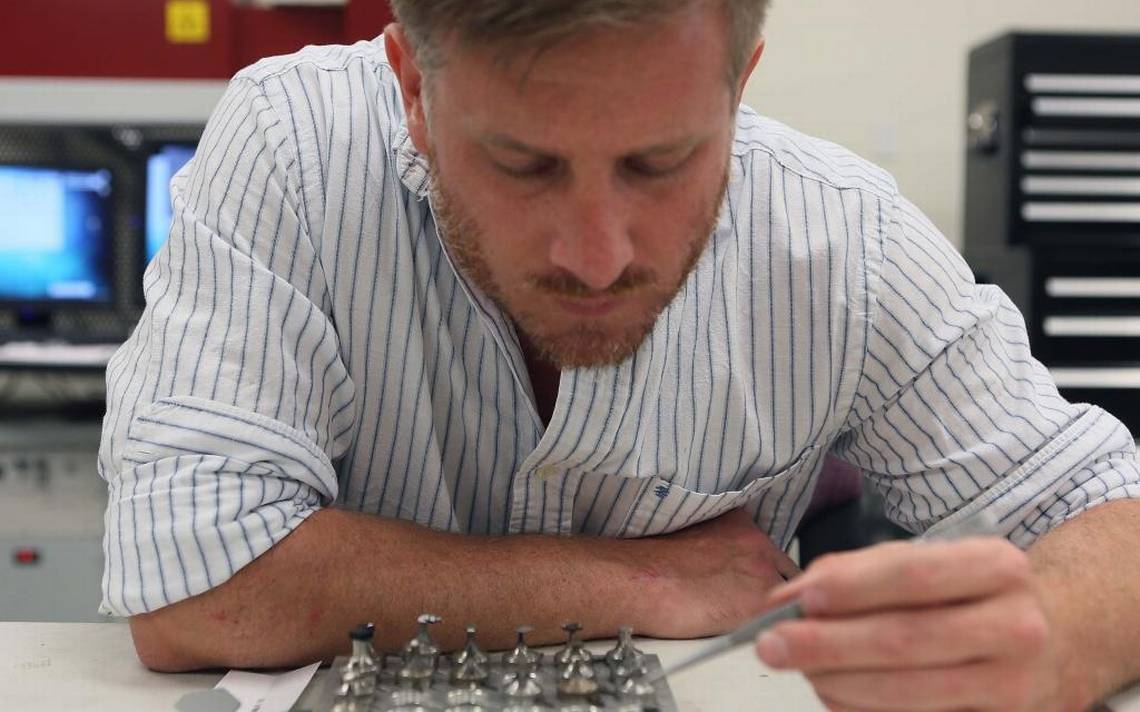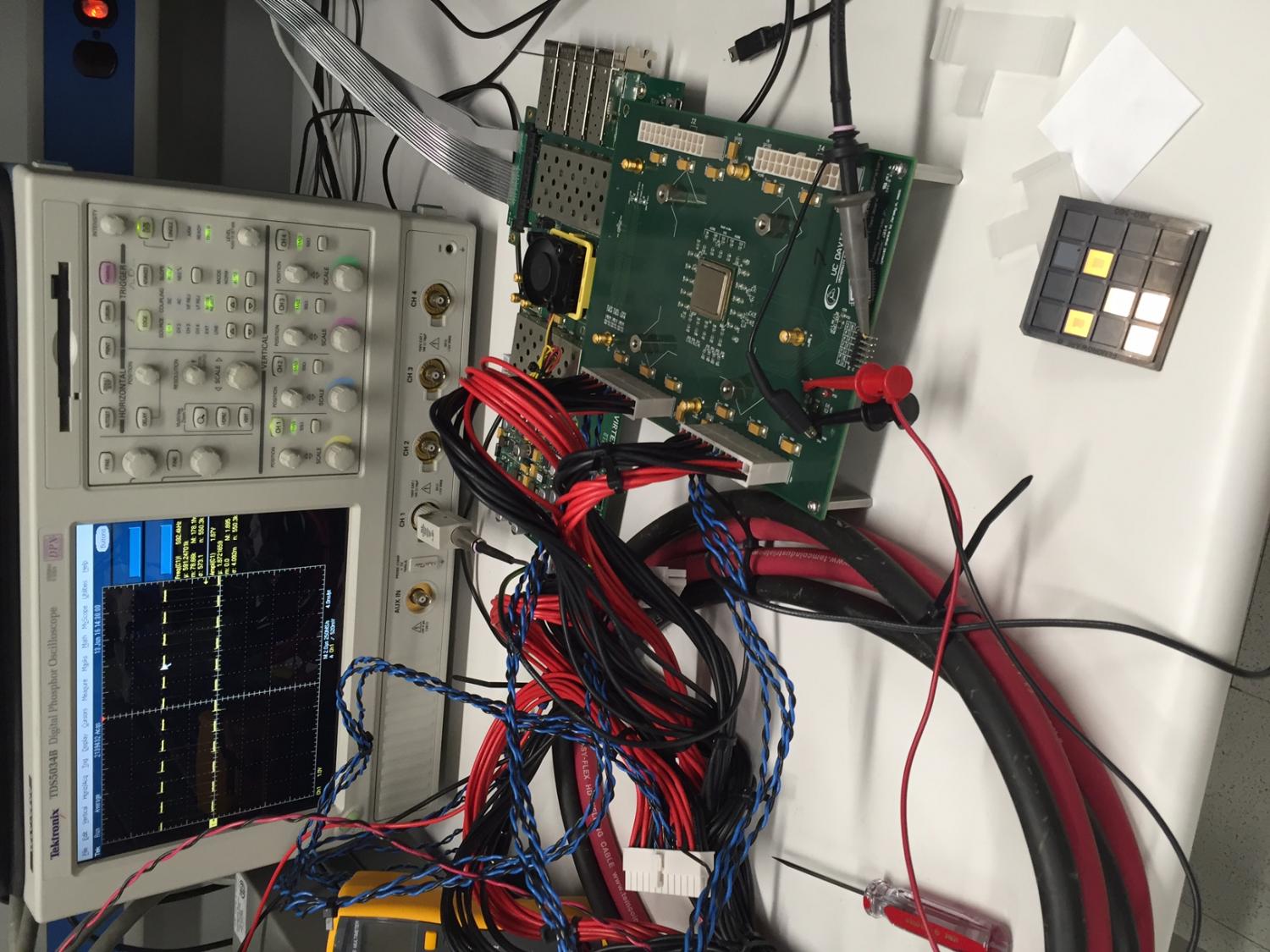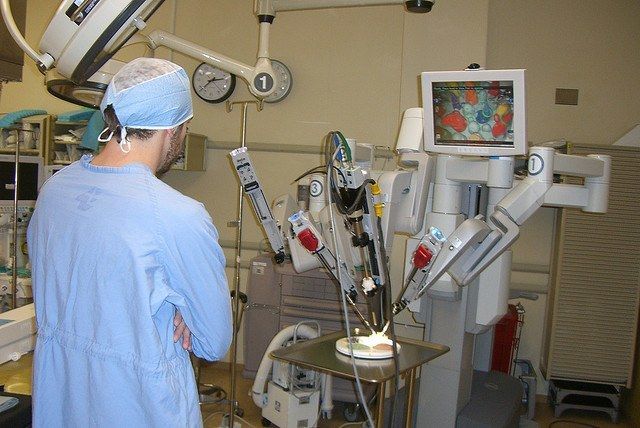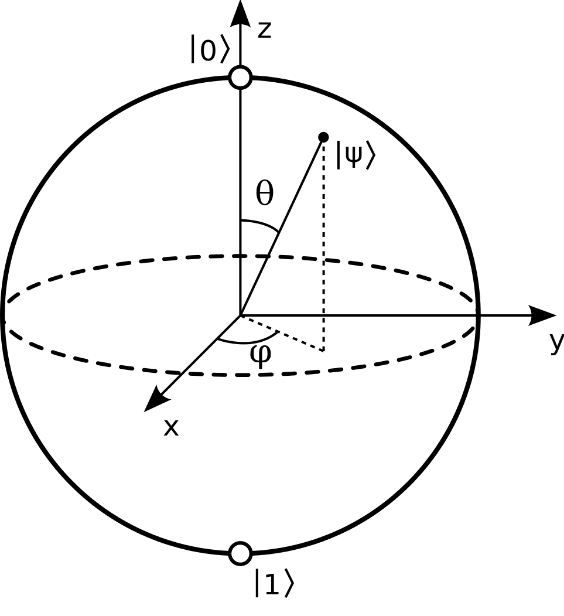Jun 17, 2016
Miami’s DiAmante produces synthetic diamonds for high-tech applications
Posted by Karen Hurst in categories: 3D printing, computing, quantum physics
Congrats DiAmante! Synthetic Diamond perfection for Quantum Computing and other technologies such as medical technology usage. Synthetic Diamonds (for all you startups or folks looking for something to get into) mass manufacturing is a huge demand area and it is only going to grow in demand with QC and the new medical technologies that are coming over the next 5 to 7 years. I have been researching 3D printers to see what can be done to mimic the process. Suggest HP and Intel to work hard in this space. I did locate one printer so far that is mass producing synthetic diamonds; the quality needs to be improved.
DiAmante makes synthetic diamonds for the semiconductor market.
The founder’s goal: ‘a diamond-based technology revolution’
Continue reading “Miami’s DiAmante produces synthetic diamonds for high-tech applications” »














